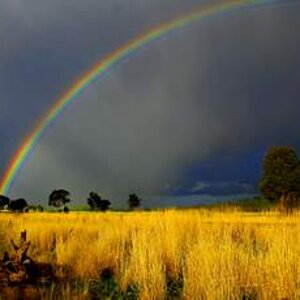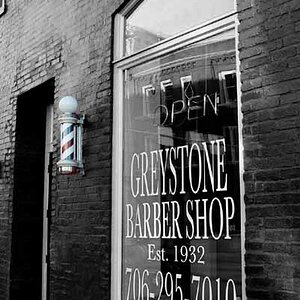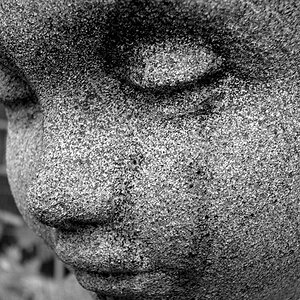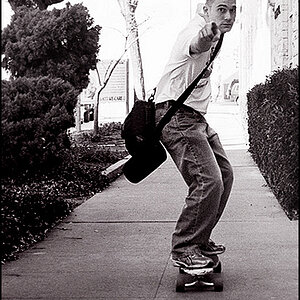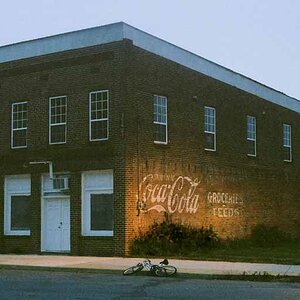LiveStrong2009
TPF Noob!
- Joined
- Feb 2, 2010
- Messages
- 170
- Reaction score
- 0
- Location
- Milwaukee, Wi
- Website
- www.flickr.com
- Can others edit my Photos
- Photos OK to edit
I am curious why so many people use prime lenses. What are the advantages? I have noticed that many of them are relatively inexpensive and usually pretty fast, but don't their limits bother you?
I guess I am nearly convinced to buy a 50mm f1/8 just to see what everybody is so proud of.
I guess I am nearly convinced to buy a 50mm f1/8 just to see what everybody is so proud of.




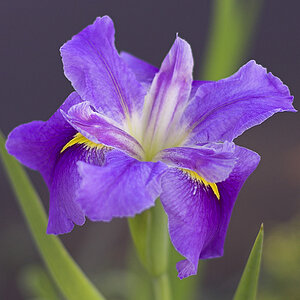

![[No title]](/data/xfmg/thumbnail/39/39420-c7c6e6f01cdeeceeb81ee717b24dd629.jpg?1619739024)
